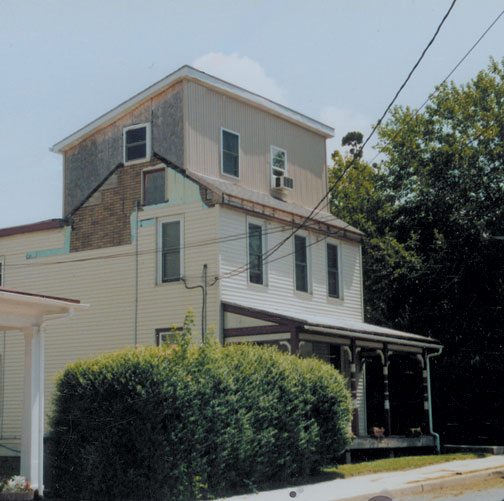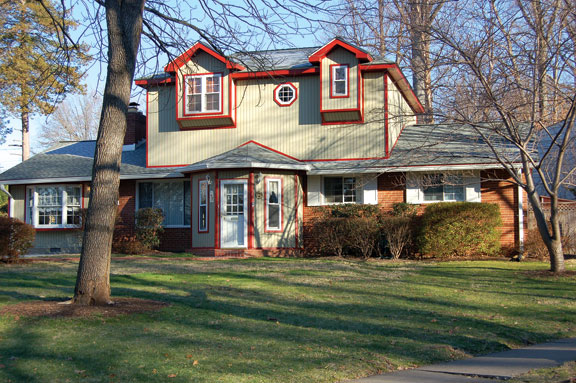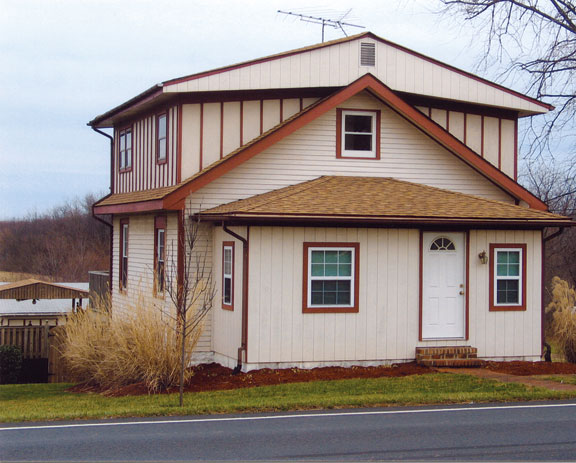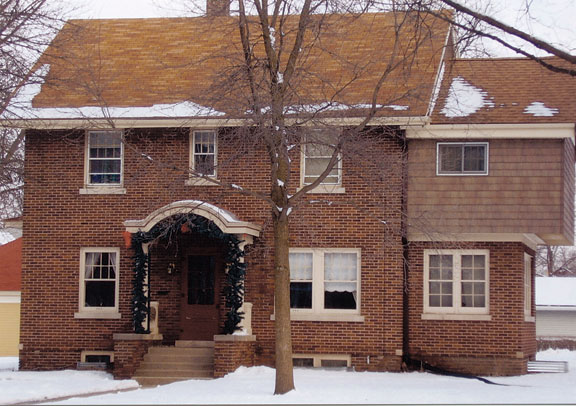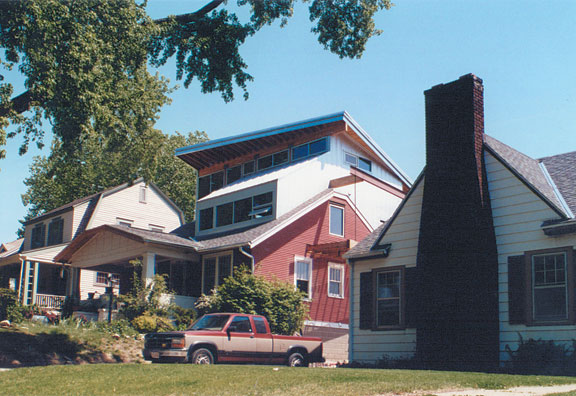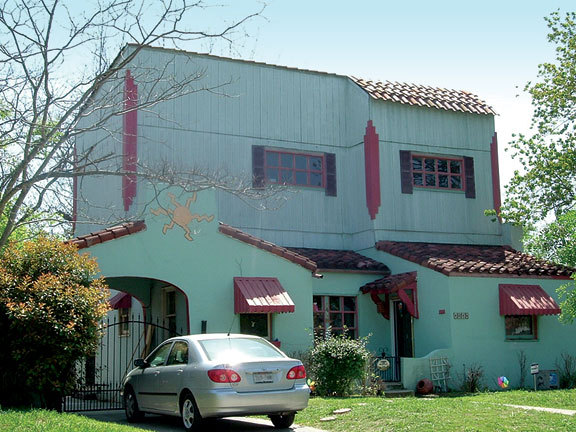There are times in life when it’s OK to break the rules—but adding onto an old house isn’t one of those times. If you flout the conventions of traditional design, you’ll end up with an appendage to your house that sticks out like a sore thumb. (Don’t believe us? Just check out our “What Not to Do” gallery below!) On the other hand, abiding by the rules will allow you to seamlessly blend old and new to create spaces that fit your lifestyle without sacrificing your home’s charm. Read on for addition advice (including those oh-so-important design rules), plus plenty of pictures of additions done well…and not-so-well.
What to Do
5 Ideas for Adding On Traditional approaches help make additions more successful.
How to Create Sensitive Additions Understanding some basics about residential design and historic preservation can provide useful guidelines for creating sensitive additions to old houses.
House Tour: Adding On to a Tudor A well-planned addition to a 1930s Tudor combines historical character with modern creature comforts.
House Tour: Updating for Accessibility An Italianate gets a sympathetic addition, and some thoughtful improvements, to make it more wheelchair-friendly.
House Tour: Enhancing the Past Architect Anne Y. Decker links new and old with the restoration and tasteful addition to this historical Queen Anne.
House Tour: A Greek Revival Expansion Architect John B. Murray designs a sensitive addition for a Greek Revival home in Salt Point, New York, in keeping with original vernacular details.
What Not To Do
Courtesy of Old-House Journal‘s Remuddling page, we present a small sampling of additions gone wrong. Please, don’t try this at home!



